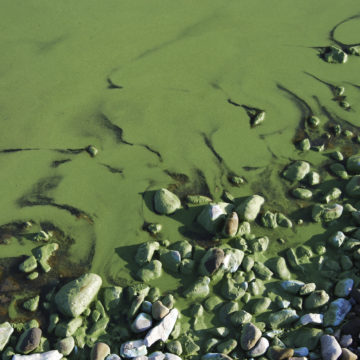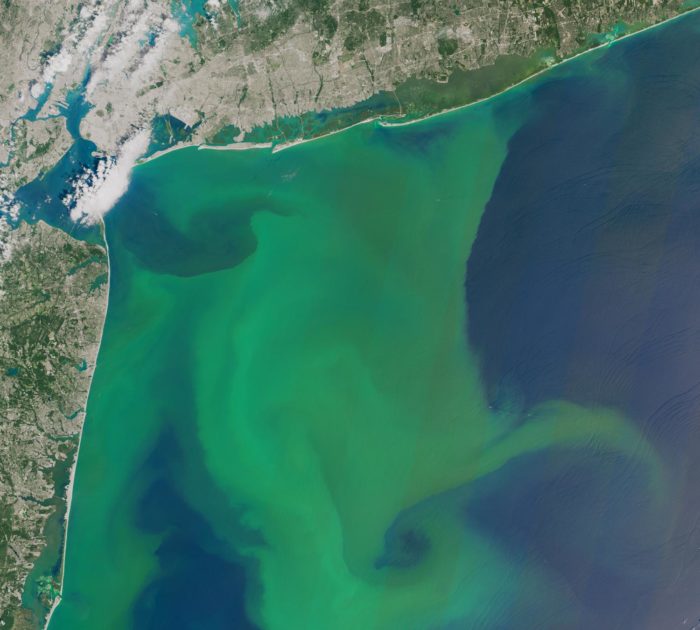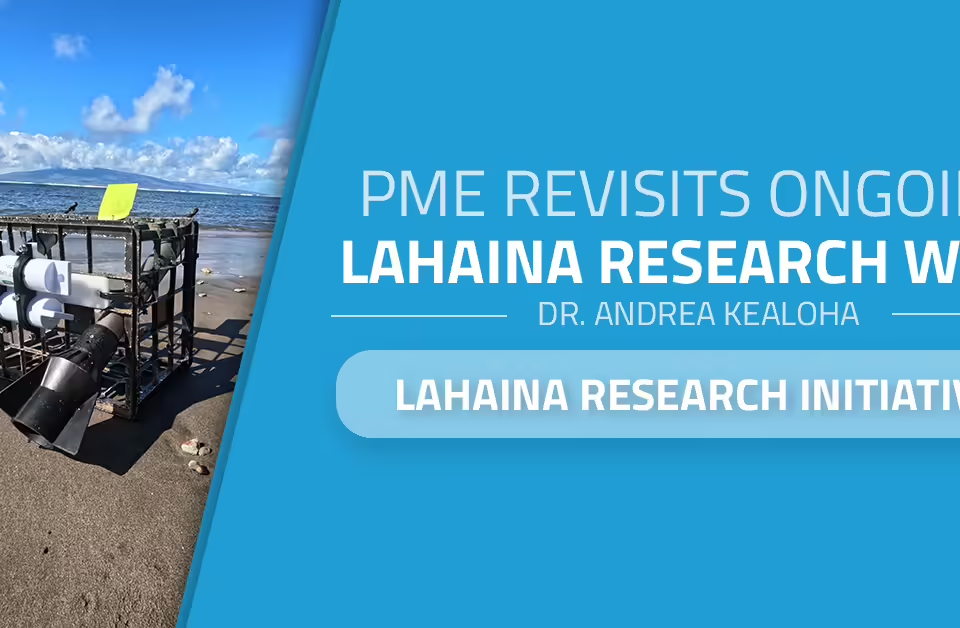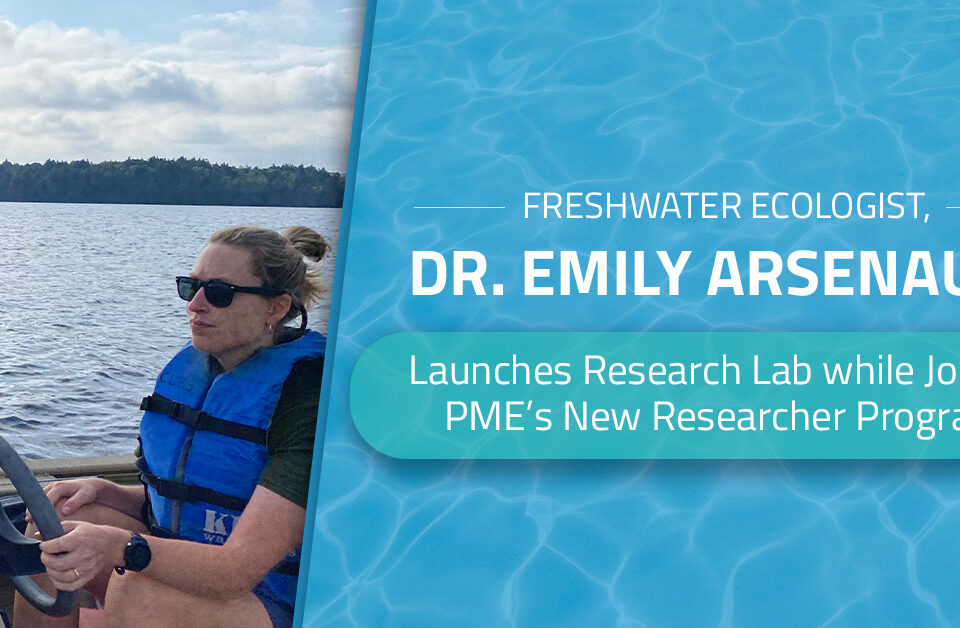
Water Quality and Property Value
August 16, 2016
PME CEO Kristin Elliott Selected for San Diego Metro Magazine’s 40 Under 40 Award
September 12, 2016
A recent study highlighted in Science Daily found that changing weather patterns contributing to increased rain levels may have a significant impact on the development of harmful algal blooms in the Chesapeake Bay.
The study, conducted by two Princeton environmental scholars, found that larger rainfalls will continue to flush more nitrogen from fertilizers and other sources into the Susquehanna River, and in turn, Chesapeake Bay, regardless of how much fertilizer is being used on land. This will lead to larger algal blooms, which create oxygen deprived ‘dead zones’ that suffocate fish and can be detrimental to humans and aquatic life.
Climate change, commonly considered an overall increase in global temperature, is denoted in this study to examine the variations between dry and wet conditions. Interestingly, while rainfall is the largest source of nitrogen runoff and resultant algal blooms, a particularly dry season preceding an especially rainy season can have as large an effect on the bay as nitrogen build-up in soil remains steady exclusive of participation, yielding just as much nitrogen in the bay once a rainy season hits.
This runoff is of growing environmental and economic concern for the 64,000-square-mile Chesapeake Bay watershed, and is a massive threat to water systems worldwide. At PME, it is our mission to provide innovative and reliable instrumentation for research organizations working to preserve our waters and aquatic life. Together we are part of the solution.






